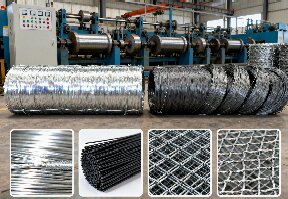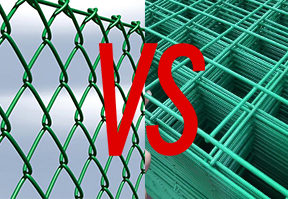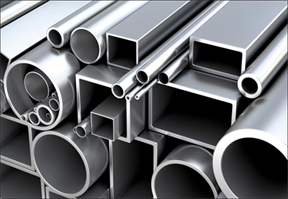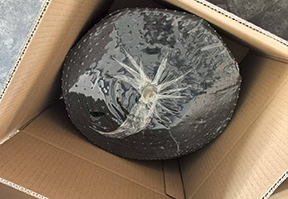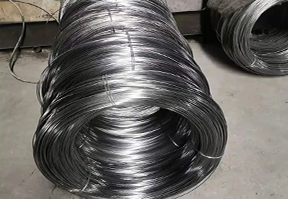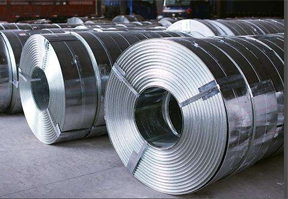China's Steel Industry Faces Major Policy Overhaul: 50 Million Ton Production Cut Plan Accelerates, Profit Margins Expected to Improve
China’s central government has signaled a major shift in its Steel Industry policy, aiming to address long-standing challenges of overcapacity and cut-throat competition. The Central Financial and Economic Affairs Commission (CFEC) announced at its sixth meeting on July 1 that it will deepen the construction of a national unified market, focusing on rectifying low-price disorderly competition, guiding enterprises to enhance product quality, and facilitating the orderly exit of backward production capacity . This policy pivot has been met with significant market attention, with Goldman Sachs projecting a potential acceleration of a 50 million ton annual steel production cut plan, which could reduce output by 6% in the second half of 2025 and significantly improve unit profit margins .
Policy Momentum and Industry Restructuring
The CFEC’s directive marks a critical step toward aligning the steel sector with China’s dual carbon goals and high-quality development objectives. By cracking down on "excessive competition" that has depressed prices, the government aims to consolidate the industry, phase out inefficient producers, and promote technological upgrading . This approach mirrors recent measures in the cement sector, where provinces like Shandong and Sichuan have implemented peak-shifting production to curb overcapacity .
Goldman Sachs analysts note that the 50 million ton reduction target, initially outlined in previous policy documents but delayed due to operational challenges, now has a 70% likelihood of full execution . If implemented, the cut would create a supply gap similar to that seen in 2021, when profit margins expanded by nearly 10% as demand outpaced supply . The investment bank estimates that steelmakers’ margins could widen by approximately 200 RMB per ton, driven by reduced output and stabilized prices .
Market Dynamics and Price Trends
The policy announcement has already reverberated through financial markets. The steel sector stock index showed volatility in early July, with a 3.56% jump on July 2 followed by moderate fluctuations . However, physical market prices remain under pressure, reflecting weak demand and oversupply. As of July 7, the national average price for Rebar (20mm, Grade III) stood at 3,245 RMB per ton, down 18 RMB from the previous day, while hot-rolled coil (4.75mm) traded at 3,255 RMB per ton, a decrease of 11 RMB .
Analysts attribute the price weakness to sluggish infrastructure and real estate demand, with property-related Steel Consumption projected to decline 6.5% in 2025 . However, the supply-side intervention is expected to stabilize the market. In Tangshan, a major steel-producing hub, strict emission reduction measures from July 4–15 have already reduced daily molten iron capacity by 50,000 tons, temporarily tightening supply .
Global and Domestic Challenges
While domestic policy reforms aim to rebalance the market, external pressures persist. The U.S. maintains a 25% tariff on Chinese steel imports, and potential further tariff hikes under the current administration could hinder export growth . Despite these headwinds, China’s steel exports remain resilient, with 48.47 million tons shipped in January–May 2025, up 8.9% year-on-year .
Domestically, the industry faces a structural shift toward higher-value products. While construction steel remains oversupplied, demand for specialized alloys and automotive-grade steel is rising, creating opportunities for advanced producers . The CFEC’s emphasis on quality over quantity aligns with this trend, encouraging firms to invest in R&D and upgrade production technologies.
Outlook and Expert Insights
Industry observers note that the policy shift represents a departure from short-term supply controls to a more sustainable long-term strategy. "The focus is now on permanent capacity reduction rather than temporary output restrictions," said Chen Bolin, Deputy Secretary-General of the China Cement Association, drawing parallels with the cement sector’s ongoing restructuring .
However, challenges remain. The effectiveness of the production cuts hinges on local governments’ enforcement and the ability of firms to adapt. Lanzhou Iron And Steel Research Center Director Wang Guoqing warned that while Tangshan’s measures provide short-term relief, sustained demand recovery is essential to prevent price rebounds from fizzling out .
Goldman Sachs echoes this sentiment, cautioning that the full benefits of the policy will depend on consistent implementation and complementary demand-side stimulus, such as infrastructure investments and export diversification .
In summary, China’s steel industry stands at a crossroads, with the CFEC’s policy push signaling a decisive move toward consolidation and profitability. While near-term price volatility is likely, the sector’s long-term trajectory hinges on successfully navigating both domestic reforms and global trade dynamics.







